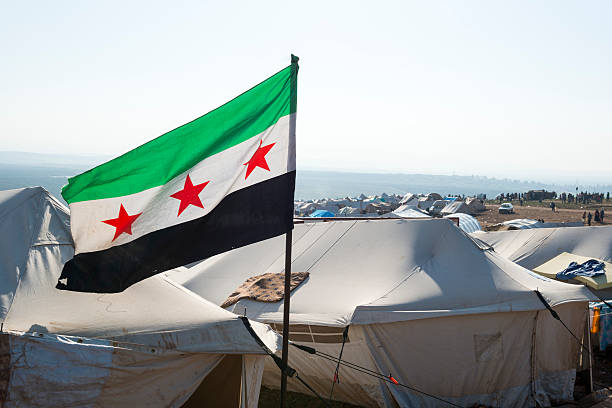Damascus: The humanitarian crisis in Syria continues to deteriorate, with 16.5 million people in urgent need of assistance, according to a United Nations (UN) official. Despite the fall of the Assad regime in December 2024, the country remains in turmoil, facing ongoing conflict, economic struggles, and widespread devastation.
While approximately 1.2 million displaced people have returned to their homes, they continue to face severe dangers. Landmines and unexploded ordnance litter the country, causing over 600 deaths since December—one-third of them children. The UN warns that up to 3.5 million refugees and internally displaced people could return this year if conditions improve.
However, fighting persists in northern, southern, and coastal regions, resulting in further casualties and damage to critical infrastructure, including hospitals. The UN has called on all parties to reduce hostilities and adhere to international humanitarian laws to allow aid to reach those in need without obstacles.
Economic challenges have further strained relief efforts, with funding shortages, inflation, limited electricity, and rising prices severely impacting humanitarian operations. The situation is particularly dire in northeast Syria, where many displaced people are living in informal settlements and camps with little access to essential services.
In response, the UN has launched a recovery plan focused on reducing poverty, facilitating refugee returns, and rebuilding key institutions. However, the success of this initiative depends on strong international support. Without immediate and sustained action, millions of Syrians will continue to suffer from the ongoing crisis.








